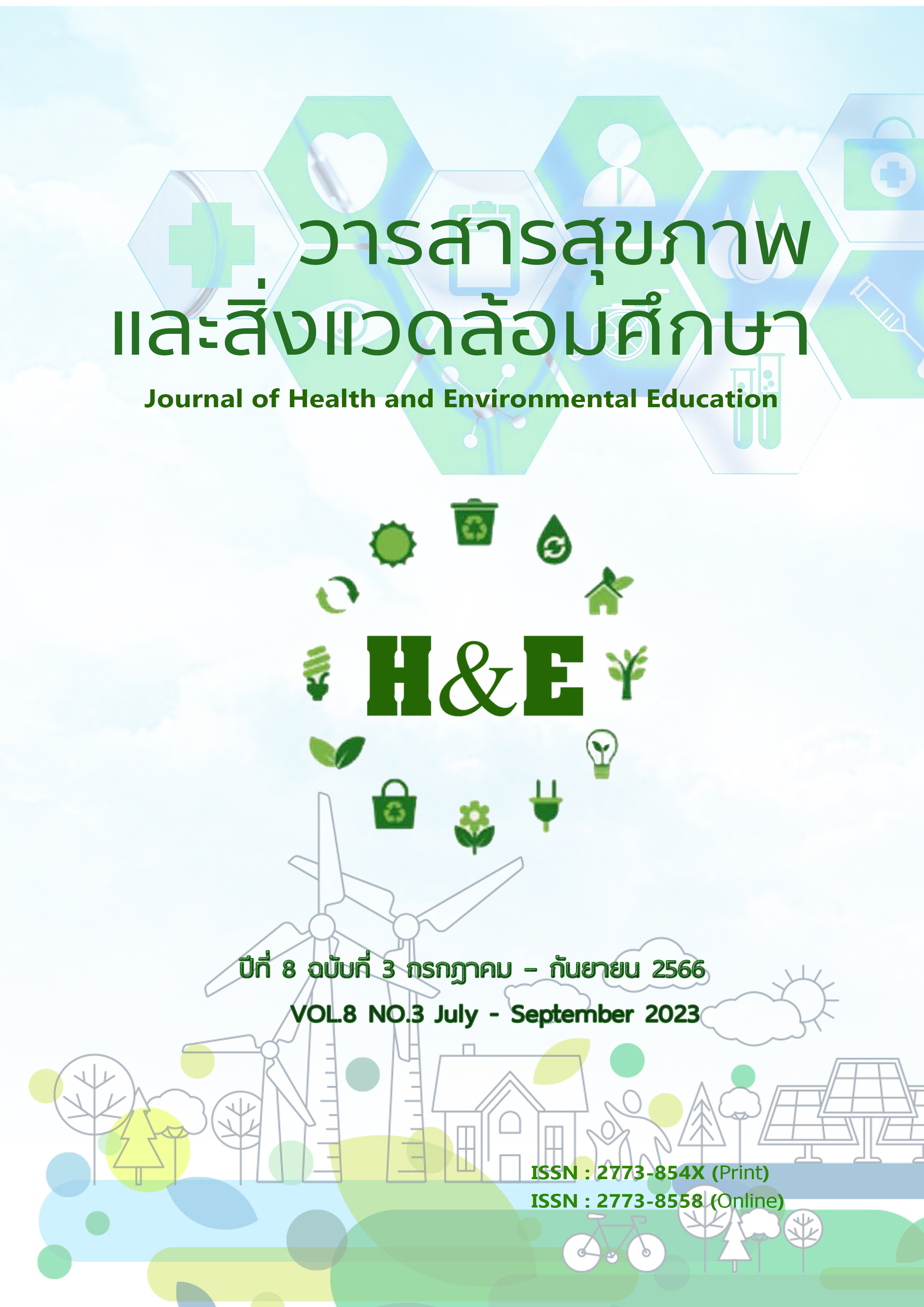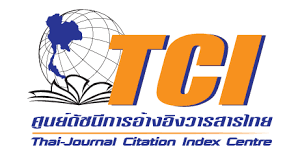Factors Affecting Motivation of Back office employees in Angthong Hospital
Keywords:
motivation to perform tasks, back-office employeesAbstract
This study was quantitative research aimed at studying the level of motivation to perform tasks, the factors affecting performance motivation and the correlations between personal factors and performance motivation of back-office employees at Angthong Hospital, |Angthong Province, Thailand. The sample consisted of 238 back-office employees at Angthong Hospital. The sample size was calculated based on Krejcie and Morgan’s formula. The research instrumentation consisted of questionnaires in which responses were rated on 5-point Likert scales. The quality of research instruments was checked by 3 experts, whereby the content validity index of the personal data questionnaire and performance motivation questionnaire were found to be .93 and .95, respectively. Then the reliability of the questionnaires was checked by using Cronbach’s alpha coefficient, which yielded a reliability values of .94 and .98, respectively. The data obtained were analyzed with descriptive statistics and multiple regression analysis.
The research findings reveal that the mean score for overall motivation for the performance of back-office employees at Angthong Hospital was very high (= 3.61, S.D.= 0.52). When individual aspects were considered, it was found that policy and administration had the highest and high mean scores at Level 1 (
= 3.95, S.D.= 0.62), followed by responsibility with the highest average score at Level 2 (
= 3.91, S.D.= 0.55). Job success has the highest mean score at Level 3 (
= 3.84, S.D.= 0.61) and salary and benefits had the lowest mean scores (
= 3.14, S.D.= 0.81). The results of the analysis revealed that personal factors were positively correlated with overall performance motivation with statistical significance at .00. According to the findings, only two factors, namely age and job title, were positively correlated to a low degree with statistical significance at .01. It can be concluded, therefore, that the aforementioned factors have predictive power at 6.17.




